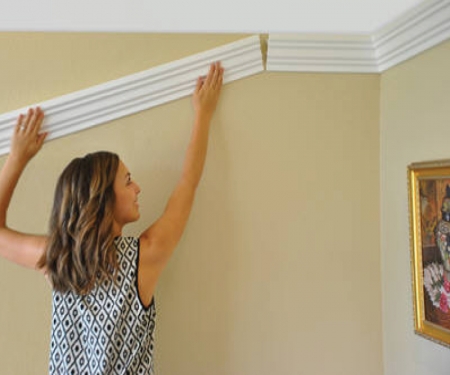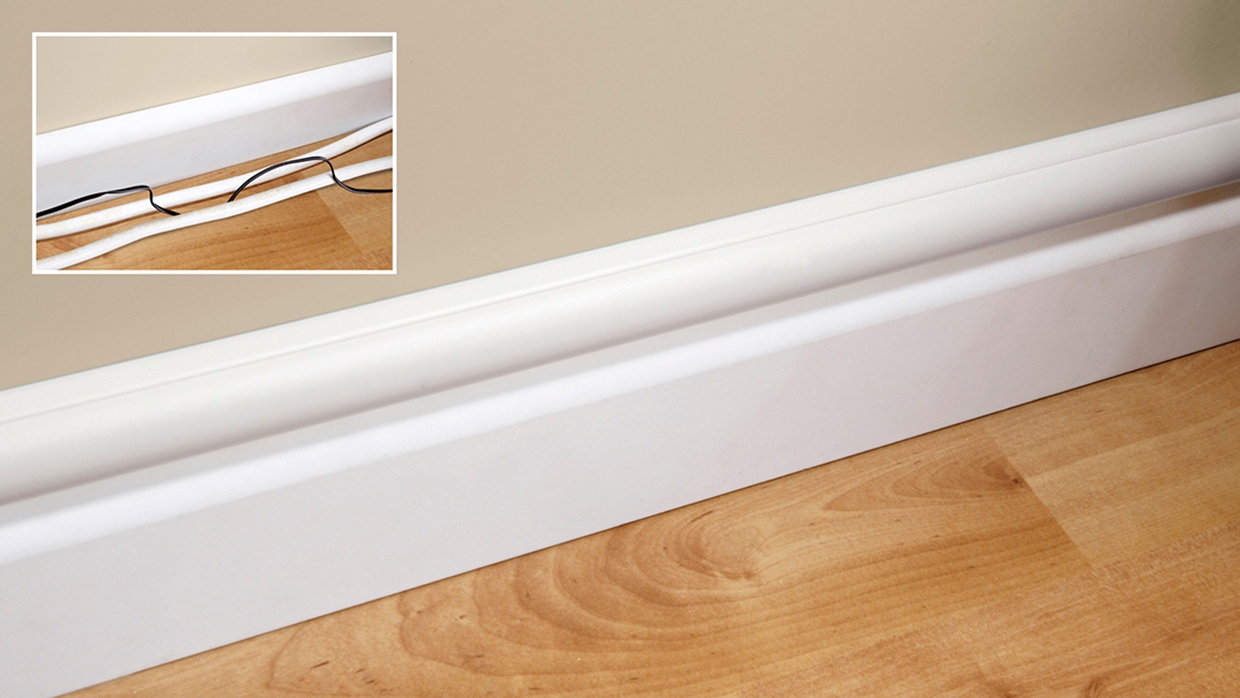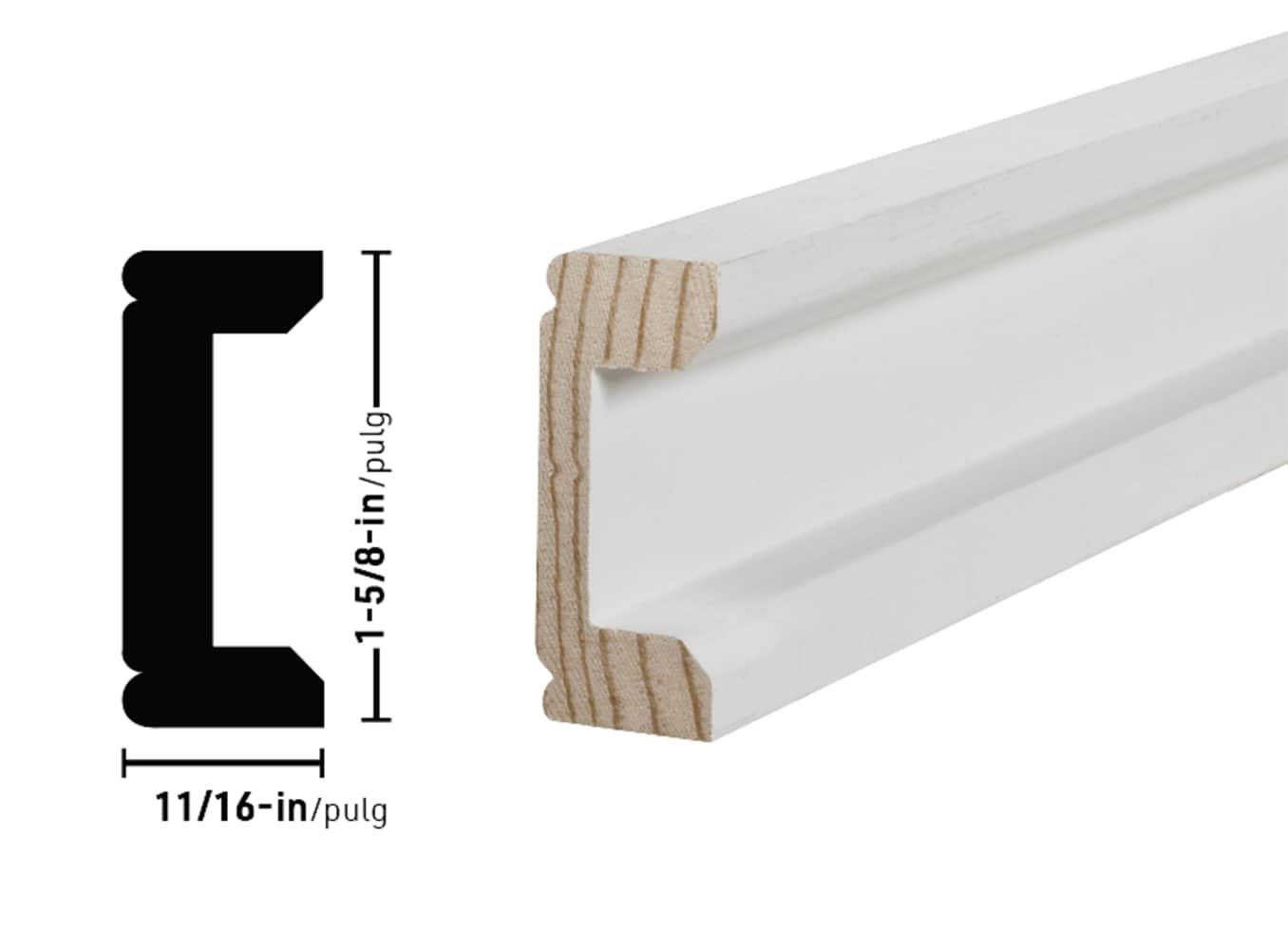Decorative wire molding is an often-overlooked element that can dramatically enhance the aesthetic of your home or office. Whether you are looking to add a unique touch to your interior design or seeking practical solutions for organizing wires and cables, decorative wire molding offers both functionality and style. In this comprehensive guide, we will explore everything you need to know about decorative wire molding, including its benefits, types, installation tips, and much more.
What is Decorative Wire Molding?
Decorative wire molding is a type of trim used to cover and protect electrical wires, cables, and other unsightly elements in a room. Unlike traditional wire covers, decorative wire molding is designed with aesthetics in mind, enhancing the overall décor of a space. Typically made from materials like PVC, wood, or metal, it comes in various shapes, sizes, and finishes to complement any interior design theme.
Why Choose Decorative Wire Molding?
The use of decorative wire molding comes with a variety of benefits, making it an appealing choice for homeowners and designers alike. Here are a few reasons to consider incorporating it into your space:
- Improved Aesthetics: Decorative wire molding adds a finished look to any room, blending wires seamlessly into the décor.
- Protection: It shields wires and cables from damage, dust, and tangling, thus extending their lifespan.
- Organization: Keeps your wiring neat and tidy, reducing clutter and potential safety hazards.
- Easy Installation: Most decorative wire moldings can be easily installed without professional help, saving time and costs.
Types of Decorative Wire Molding
Decorative wire moldings come in various styles and types, each suited for different applications. Here’s an overview of some popular options:

1. PVC Wire Molding
PVC wire molding is cost-effective and widely used. It is lightweight, flexible, and can be easily cut to size. It’s available in various colors, making it versatile for any décor.
2. Wood Wire Molding
Wood molding adds a classic touch to any space. Available in different finishes, it can be stained or painted to match your interior design. However, it may be more costly and more challenging to install than other types.

3. Metal Wire Molding
Metal wire molding offers a sleek, modern look. It is durable and ideal for industrial or minimalist designs. However, it may require more effort to install due to its sturdiness.
Materials Used in Decorative Wire Molding
Different materials used in decorative wire molding offer distinct advantages:
| Material | Pros | Cons |
|---|---|---|
| PVC | Cost-effective, easy to install, lightweight | Less durable than wood or metal |
| Wood | Elegant appearance, customizable | More expensive, requires regular maintenance |
| Metal | Durable, modern look | Heavier, may require advanced tools for installation |

Personal Experience: Enhancing My Home Office with Decorative Wire Molding
When I moved into my new home, I was excited to set up a home office that reflected my style. However, I quickly realized that the jumble of wires from my computer, printer, and other gadgets was ruining my aesthetic. That’s when I discovered decorative wire molding. After some research, I decided to go with PVC molding for its ease of installation and affordability.
The installation was straightforward, and I was impressed with how quickly I achieved a clean and organized look. I opted for a sleek white finish that blended seamlessly with my walls and gave my workspace an inviting feel. Not only did it enhance the overall design, but it also made the space feel larger and more functional.
Installation Guidelines for Decorative Wire Molding
Installing decorative wire molding can be a DIY project if you follow these simple steps:

Tools and Materials Needed
- Decorative wire molding
- Measuring tape
- Utility knife or saw
- Adhesive or screws (depending on the type of molding)
- Level
- Pencil
Step-by-Step Process
- Measure the Area: Start by measuring the length of the area where you will install the molding.
- Cut the Molding: Use a utility knife or saw to cut the molding to the desired length.
- Mark the Installation Points: Use a level and pencil to mark where the molding will be placed.
- Attach the Molding: Apply adhesive or use screws to attach the molding to the wall, ensuring it is straight and secure.
- Final Touches: Fill in any gaps or seams with caulk and paint, if needed, for a polished finish.

Comparative Analysis: Decorative Wire Molding vs. Traditional Wire Covers
When comparing decorative wire molding to traditional wire covers, several factors come into play. Below is a table that highlights their differences:
| Feature | Decorative Wire Molding | Traditional Wire Covers |
|---|---|---|
| Aesthetic Appeal | Stylish and blends with décor | Functional, often unattractive |
| Protection | Protects and organizes | Primarily functional, less protection |
| Installation | Easy DIY | Variable, may require professional help |
| Cost | Varies by material, typically affordable | Usually lower cost but less durable |

Pros and Cons of Decorative Wire Molding
Understanding the advantages and disadvantages can help you decide if decorative wire molding is right for your project.
Pros
- Enhances interior design
- Durable and long-lasting
- Easy to install and maintain
- Wide variety of styles and materials

Cons
- Initial costs can be higher than traditional covers
- May require specific tools for installation
- Some materials may not be suitable for all environments (e.g., moisture-rich areas)
Choosing the Right Decorative Wire Molding for Your Space
Selecting the best decorative wire molding involves considering several factors:
1. Style and Aesthetics
Think about the overall style of your space. Choose molding that complements your existing décor, whether modern, traditional, or eclectic.
2. Material
Consider the material of the molding. If you are going for a rustic look, wood may be the best option. For a clean, modern appearance, metal or PVC might work better.
3. Installation Environment
Evaluate where you will be installing the molding. For high-humidity areas, opt for materials resistant to moisture and warping.
Frequently Asked Questions (FAQs)
What is the best material for decorative wire molding?
The best material depends on your needs and preferences. PVC is great for affordability and ease of installation, while wood offers elegance, and metal provides durability.
Can I install decorative wire molding myself?
Yes! Most decorative wire moldings are designed for easy DIY installation. Following the steps outlined in this guide should enable you to complete the project without professional help.
How do I paint or finish decorative wire molding?
Before painting, ensure the surface is clean and dry. Use a primer if necessary, then apply your chosen paint or stain. Allow adequate drying time before handling.
Is decorative wire molding suitable for outdoor use?
Some decorative wire moldings are suitable for outdoor use, but it’s essential to choose materials specifically designed for exterior conditions, such as metal or moisture-resistant PVC.
Conclusion: Elevate Your Space with Decorative Wire Molding
Decorative wire molding is more than just a practical solution for organizing wires; it is a stylish addition that can transform the feel of any room. With various materials and styles available, finding the perfect fit for your home or office is easier than ever. Based on my personal experience, I can confidently say that decorative wire molding has significantly improved the functionality and aesthetics of my home office. So why not consider this versatile option for your next home improvement project? You’ll be amazed at the difference it can make!